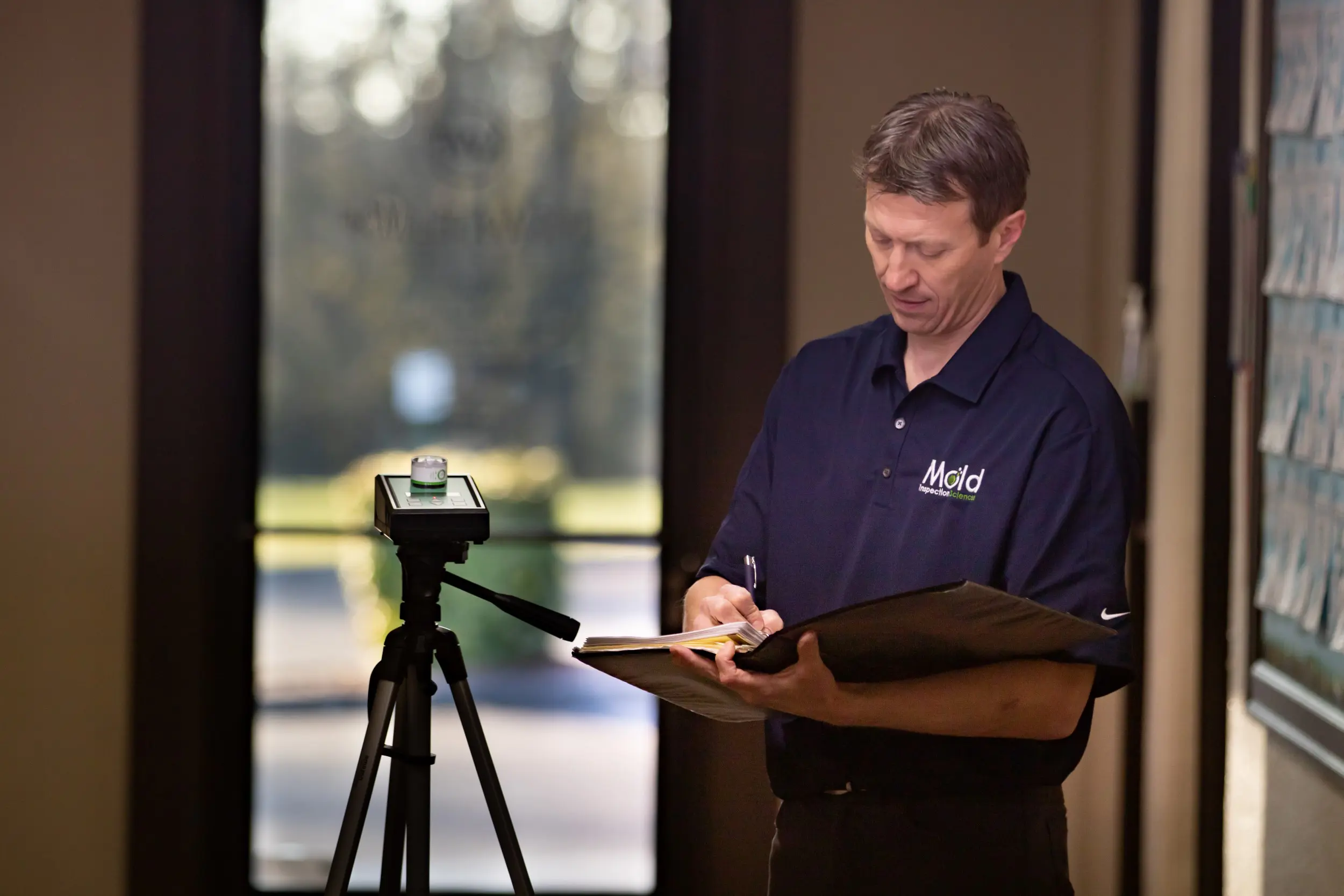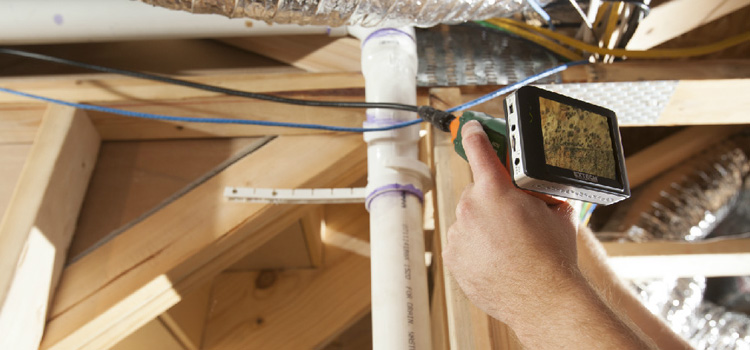After Mold Remediation Strategies for Clean Rooms
After Mold Remediation Strategies for Clean Rooms
Blog Article
Your Ultimate Overview to Article Mold Removal Strategies
In the consequences of mold and mildew invasion, knowing just how to successfully get rid of the mold and mildew and prevent its reoccurrence is extremely important for preserving a healthy and balanced interior setting. From selecting the ideal cleansing and disinfecting techniques to implementing techniques for lasting mold and mildew prevention, each step in the remediation trip plays an important duty in ensuring a successful result.
Recognizing Post-Mold Remediation Process
After completing the mold remediation process, it is essential to comprehend the post-mold remediation techniques that are necessary to ensure a effective and comprehensive clean-up. Once the mold has been removed, the following action includes cleaning and sanitizing the impacted areas to stop any kind of regrowth of mold and mildew. This includes using specialized cleaning representatives to wipe down surfaces and eliminate any type of remaining mold and mildew spores. It is vital to dry out the area totally to dissuade the growth of mold and mildew in the future (After mold remediation). Appropriate air flow and dehumidification can help in this procedure.
Additionally, carrying out a final evaluation post-remediation is important to make sure that all mold has been successfully eliminated. If the evaluation reveals any lingering mold, extra remediation may be required.
Effective Cleaning and Sanitizing Techniques

Protecting Against Future Mold And Mildew Development

Importance of Correct Ventilation
Correct air flow plays a vital role in protecting against wetness buildup, a crucial consider mold and mildew growth within interior atmospheres. Efficient air flow systems help eliminate excess humidity from the air, minimizing the chances of mold and mildew spores discovering the dampness they need to spread out and germinate. Without adequate ventilation, indoor areas can come to be a breeding ground for mold and mildew, resulting in possible health threats and structural damage.
By making sure correct air flow, air flow systems can additionally help in drying wet areas faster after water damages or flooding cases, even more hindering mold growth. Post Remediation Inspection near me. Precede like washrooms, kitchen areas, attic rooms, and cellars where moisture levels often tend to be higher, installing and preserving reliable ventilation systems is important in stopping mold and mildew problems

Monitoring and Maintenance Tips
Provided the important duty that proper ventilation plays in avoiding mold and mildew development, it is critical to develop effective tracking and maintenance tips to make certain the ongoing functionality of ventilation systems. Normal assessments of ventilation systems ought to be conducted to look for any type of signs of obstructions, leaks, or breakdowns that could restrain proper air movement. Monitoring moisture levels within the residential property is likewise important, as high humidity can add to mold development. Setting up a hygrometer can aid track moisture levels and sharp property owners to any kind of spikes that may call for interest. In addition, making sure that air filters are consistently cleansed or replaced is crucial for preserving the efficiency of the air flow system. Executing a routine for regular maintenance tasks, such as air duct cleansing and a/c system inspections, can aid prevent concerns before they escalate. By staying proactive and conscientious to home the problem of ventilation systems, building owners can efficiently mitigate the threat of mold regrowth and keep a healthy indoor setting.
Final Thought
Finally, post-mold removal methods are crucial for ensuring a safe and tidy setting. Comprehending the process, carrying out reliable cleaning and sanitizing methods, protecting against future mold and mildew growth, preserving proper air flow, and normal tracking are all important steps in the remediation process. By adhering to these guidelines, you can efficiently eliminate mold and mildew and prevent its return, promoting a healthy and balanced living or working area for all owners.
In the results of mold and mildew problem, recognizing how to successfully get rid of the mold and avoid its reoccurrence is vital for preserving a healthy indoor atmosphere. Once the mold has actually been gotten rid of, the following action involves cleaning and disinfecting the influenced locations to avoid any regrowth of mold - testing air quality after mold remediation. After removing noticeable mold and mildew growth, it is vital to find this clean up all surfaces in the damaged location to get rid of any type of continuing to be mold and mildew spores. To better enhance mold avoidance actions, it is important to attend to underlying concerns that originally led to mold development.Given the important function that appropriate air flow plays in preventing mold growth, it is necessary to develop reliable surveillance and upkeep tips to ensure the continued functionality of ventilation systems
Report this page